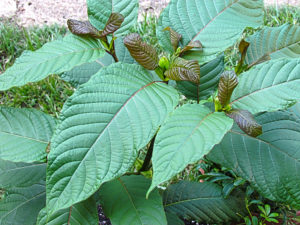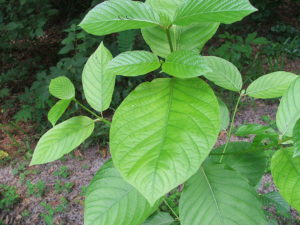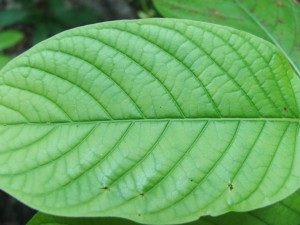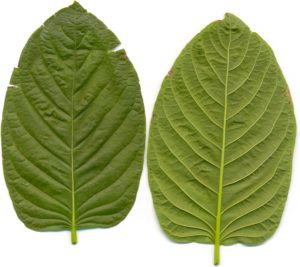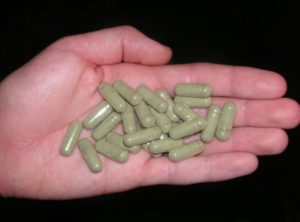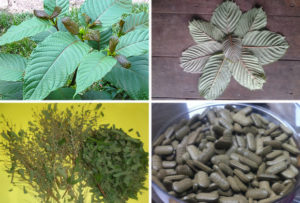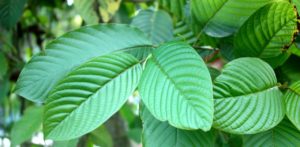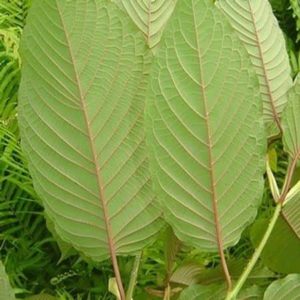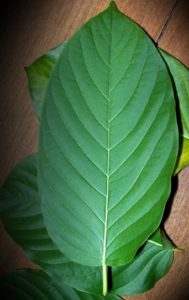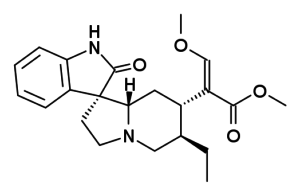Mitragyna speciosa (Kratom) is a plant indigenous to some parts of Asia. People have been using it in areas like Thailand and Malaysia for centuries. Its leaves are taken for their depressant and stimulant qualities.
Depending on the dose used, it provides stimulant or depressant effects. Historically, low doses have been compared to coca and high doses have been compared to opium.
Some deaths and serious adverse effects have been connected to kratom, but those incidents usually involve other drugs. By itself, kratom is relatively safe for healthy people, even at strong+ doses. Chronic use may come with liver issues and problems like dry mouth and constipation.
Withdrawal does exist with regular use. It includes symptoms like irritability, diarrhea, pain, low motivation, and sleep trouble.
Mitragyna speciosa = Kratom; Ketum; Kakuam
Dose
Oral
Light: 2 – 4 grams
Common: 3 – 5 grams
Strong: 5 – 8 grams
Timeline
Oral
Total: 2 – 4 hours
Onset: 00:15 – 00:20 (it may take up to 45 minutes to feel the effects)
Lasting: Up to 6 hours
Experience Reports
References
(2015) Mitragynine ‘Kratom’ related fatality: a case report with postmortem concentrations.
(2014) Behavioral and neurochemical characterization of kratom (Mitragyna speciosa) extract.
(2014) Kratom (Mitragyna speciosa) dependence, withdrawal symptoms and craving in regular users
(2013) A drug fatality involving Kratom.
(2013) Kratom abuse in Ramathibodi Poison Center, Thailand: a five-year experience.
(2013) Kratom exposures reported to Texas poison centers.
(2011) A coincidence of addiction to “Kratom” and severe primary hypothyroidism.
(2010) Seizure and coma following Kratom (Mitragynina speciosa Korth) exposure.
(2010) A case report of inpatient detoxification after kratom (Mitragyna speciosa) dependence.
(2008) Opioid receptors and legal highs: Salvia divinorum and Kratom.
(2007) Self-treatment of opioid withdrawal with a dietary supplement, Kratom.










